In the bustling streets of Kuwait, where the aroma of spices mingles with the salty breeze from the Persian Gulf, there exists a beloved beverage that has woven itself into the fabric of daily life: Chai Haleeb. This creamy, spiced tea is more than just a drink—it’s a cultural institution, a symbol of hospitality, and a comforting ritual shared among friends and family. For many Kuwaitis, the day doesn’t truly begin until they’ve sipped on a steaming cup of Chai Haleeb, its rich flavors a testament to the country’s deep-rooted traditions and its openness to global influences.
The origins of Chai Haleeb in Kuwait are as layered as its flavor profile. While tea itself was introduced to the region through trade routes, the Kuwaiti version—infused with cardamom, saffron, and condensed or evaporated milk—reflects a local twist on a global staple. The drink’s name, "Chai Haleeb," literally translates to "milk tea," but its preparation and significance go far beyond that simple description. It’s a drink that bridges generations, with recipes often passed down through families, each adding their own subtle variations. Some prefer it sweeter, others with a stronger cardamom punch, but the essence remains the same: a warm, inviting elixir that brings people together.
Walk into any diwaniya (a traditional Kuwaiti gathering space) or a local café, and you’ll likely find groups of men and women clustered around trays of Chai Haleeb, engaged in lively conversation. The tea is typically served in small, handle-less glasses, its golden hue shimmering under the light. The act of serving it is just as important as the drink itself—pouring from a height to create a frothy top is a skill that’s both practical and performative, a nod to the Bedouin traditions of generosity and artistry. In a country where social bonds are paramount, Chai Haleeb acts as a lubricant for connection, a shared experience that transcends age and status.
What sets Kuwait’s Chai Haleeb apart from other milk teas in the region is its distinctive spice blend. Cardamom is the undisputed star, its citrusy, floral notes infusing the tea with a warmth that’s both soothing and invigorating. Saffron, though used sparingly due to its cost, adds a luxurious depth and a faint golden tint. Some variations include a pinch of cinnamon or a dash of rose water, depending on family preferences. The tea is brewed strong, then mixed with evaporated or condensed milk, creating a velvety texture that’s neither too thick nor too watery. The result is a harmonious balance of bold and creamy, spicy and sweet—a flavor that’s unmistakably Kuwaiti.
The preparation of Chai Haleeb is a ritual in itself, one that requires patience and precision. The tea leaves—often a robust variety like Assam or Ceylon—are simmered in water until the liquid turns a deep amber. The spices are added at just the right moment to release their oils without turning bitter. The milk is incorporated slowly, allowing the flavors to meld. For many Kuwaitis, the sound of the tea bubbling on the stove and the scent of cardamom wafting through the house are deeply nostalgic, evoking memories of mornings with grandparents or late-night talks with friends. It’s a drink that’s as much about the experience as it is about taste.
In recent years, Chai Haleeb has also found its way into Kuwait’s modern café culture. While traditional preparation remains cherished, younger generations are putting creative spins on the classic, experimenting with iced versions, latte art, or even Chai Haleeb-infused desserts. Cafés in trendy neighborhoods like Salmiya or Kuwait City’s avenues now offer "Chai Haleeb with a twist," incorporating ingredients like vanilla, caramel, or even a shot of espresso for those who crave a caffeine kick. Yet, despite these innovations, the heart of the drink remains unchanged. Whether served in a sleek glass at a hip café or a humble thermos at a roadside stall, Chai Haleeb continues to be a unifying thread in Kuwait’s diverse culinary landscape.
The cultural significance of Chai Haleeb extends beyond Kuwait’s borders. For the diaspora, the drink is a taste of home, a reminder of childhood and belonging. Expatriates living in Kuwait often find themselves drawn to its comforting embrace, a bridge between their own cultures and their adopted one. In a way, Chai Haleeb embodies Kuwait’s spirit—rooted in tradition yet open to evolution, a blend of the familiar and the new. It’s a drink that tells a story, one sip at a time.
As Kuwait continues to modernize at a rapid pace, Chai Haleeb stands as a comforting constant. In a world of fast food and faster lives, the deliberate, slow preparation of this tea is a small act of resistance, a reminder to pause and savor. It’s a testament to the enduring power of simple pleasures, of shared moments over a steaming cup. Whether enjoyed at sunrise, during a midday break, or under the stars, Chai Haleeb is more than a beverage—it’s a legacy in a glass, a tradition that shows no signs of fading.

By Jessica Lee/May 10, 2025
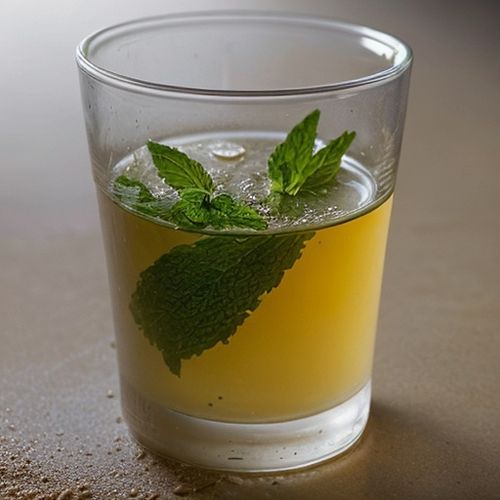
By Victoria Gonzalez/May 10, 2025
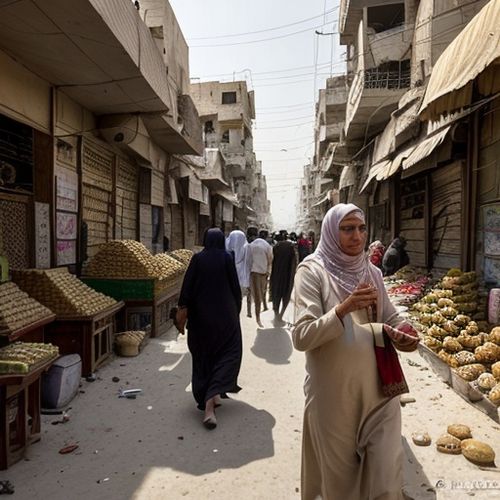
By Noah Bell/May 10, 2025

By Benjamin Evans/May 10, 2025
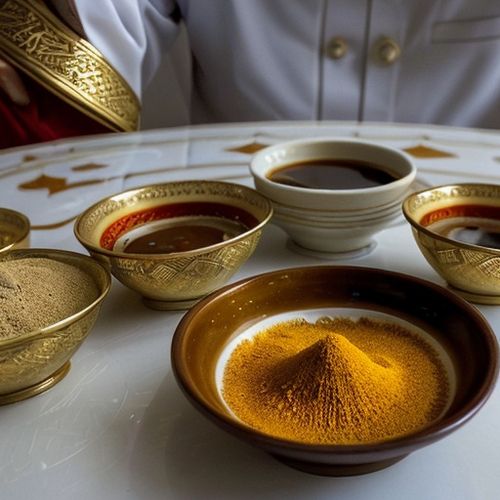
By Rebecca Stewart/May 10, 2025
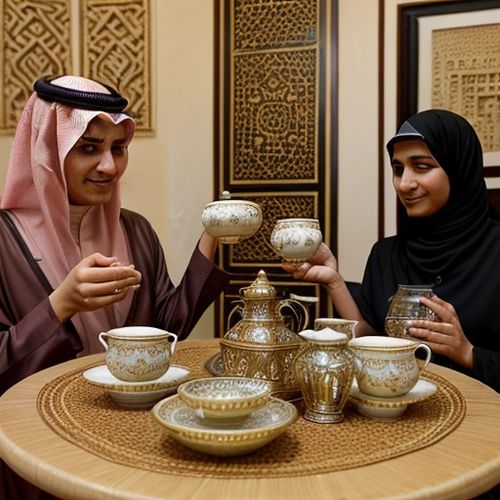
By Daniel Scott/May 10, 2025
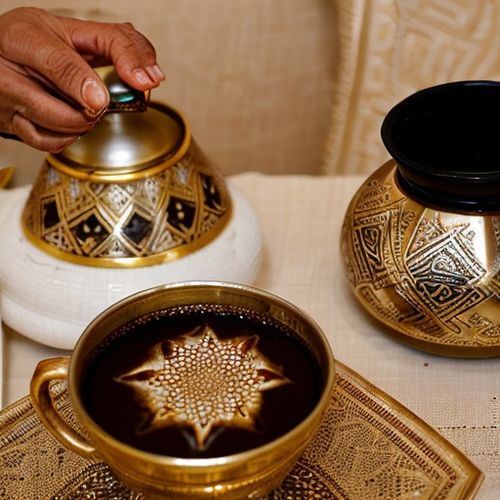
By Samuel Cooper/May 10, 2025
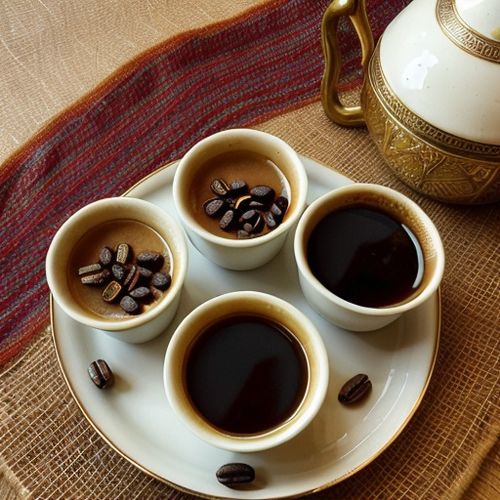
By Ryan Martin/May 10, 2025
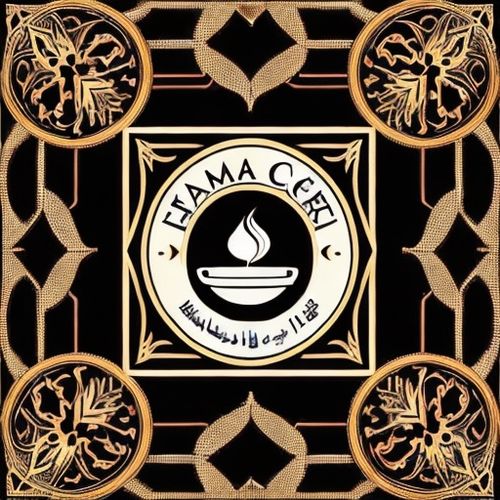
By James Moore/May 10, 2025

By Rebecca Stewart/May 10, 2025
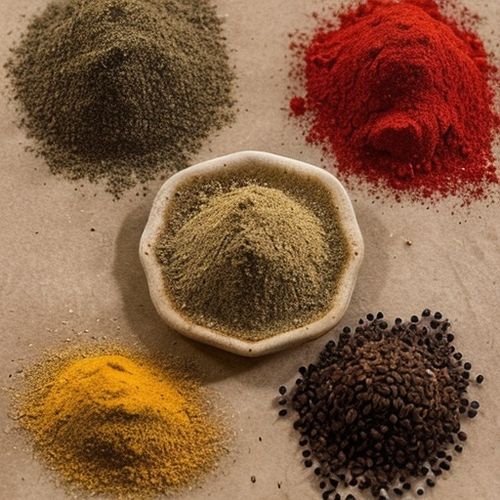
By Rebecca Stewart/May 10, 2025

By Thomas Roberts/May 10, 2025
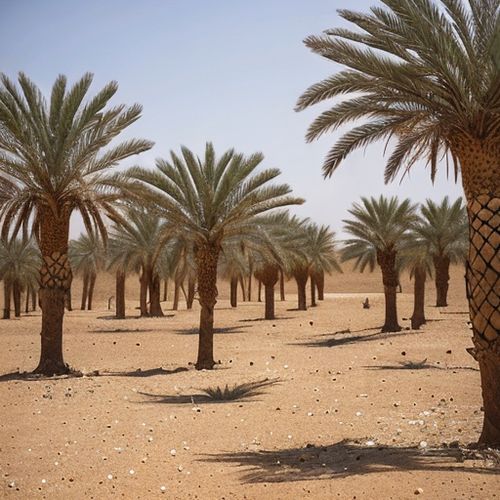
By Grace Cox/May 10, 2025

By Sophia Lewis/May 10, 2025
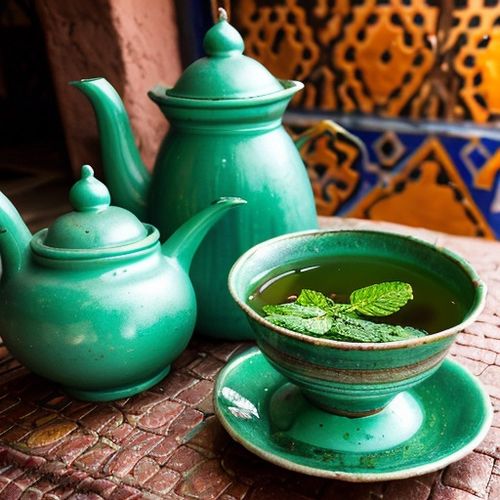
By Sophia Lewis/May 10, 2025

By Daniel Scott/May 10, 2025

By Amanda Phillips/May 10, 2025

By Lily Simpson/May 10, 2025

By Natalie Campbell/May 10, 2025

By Olivia Reed/May 10, 2025